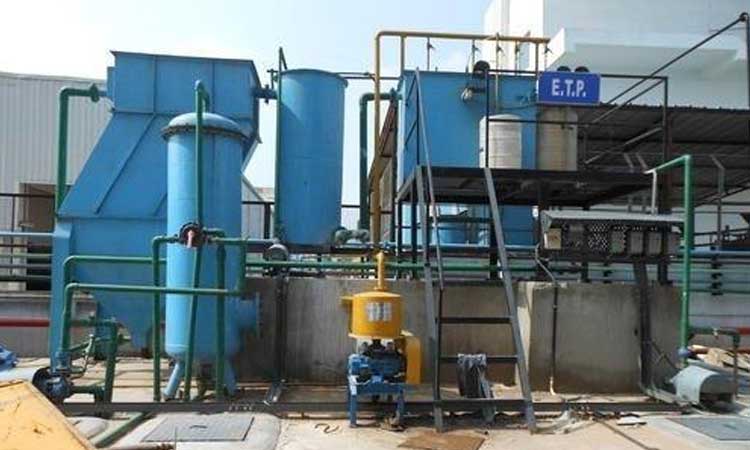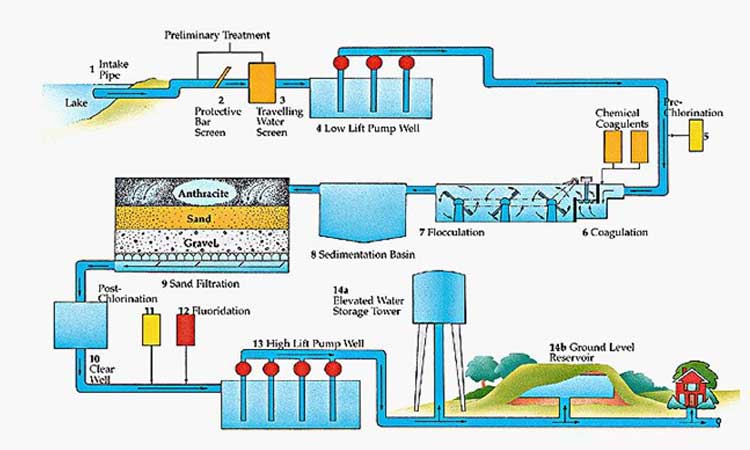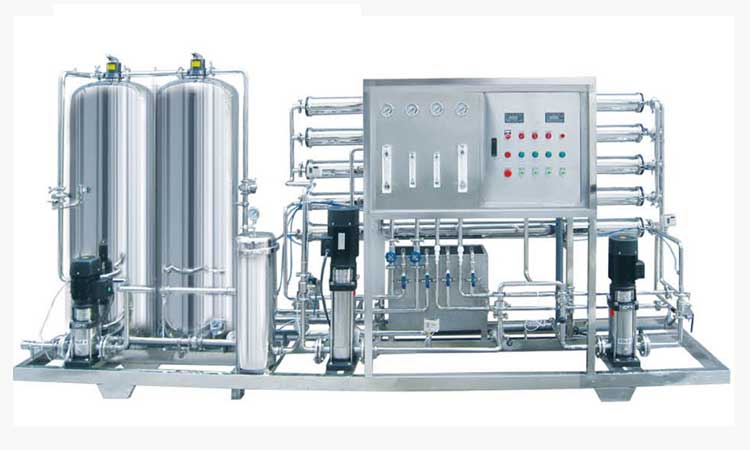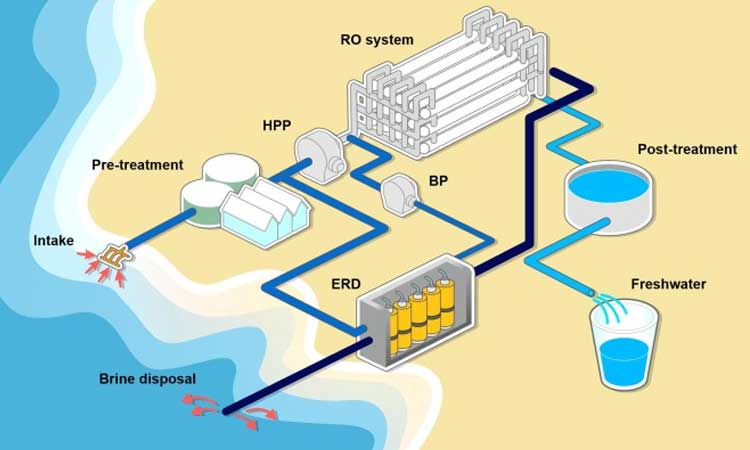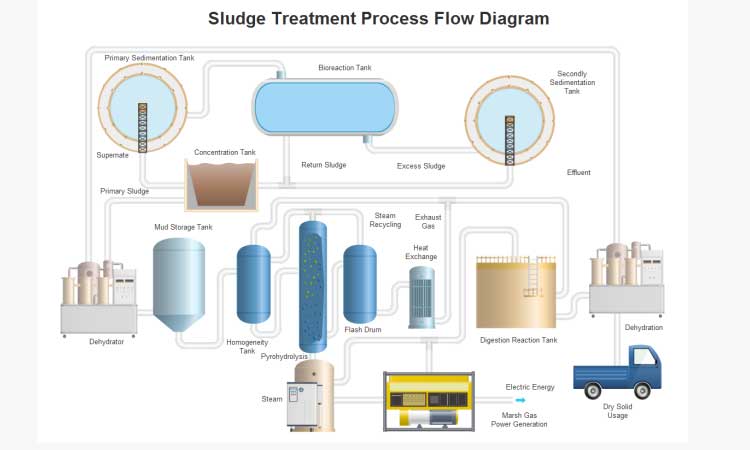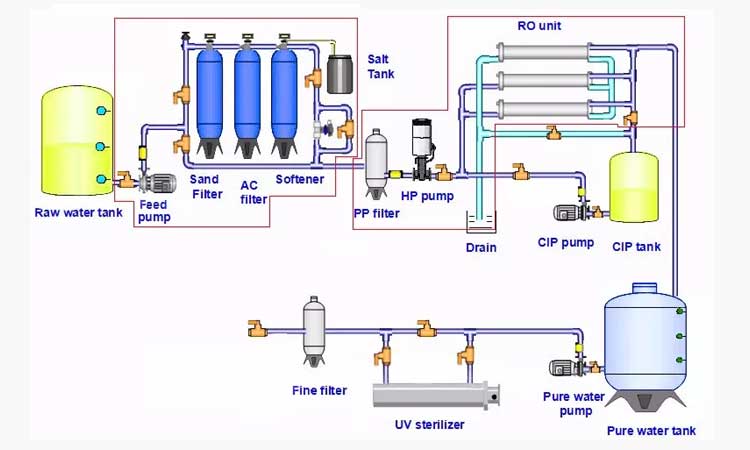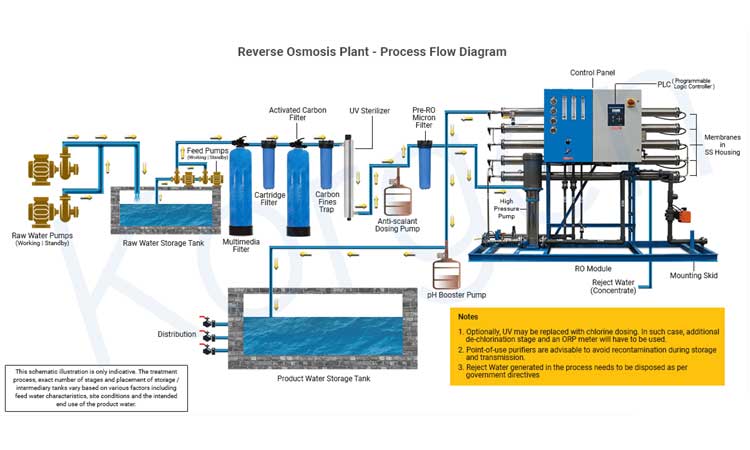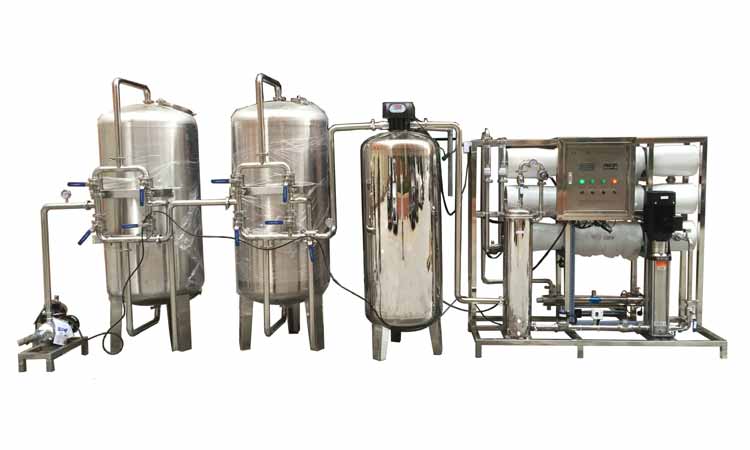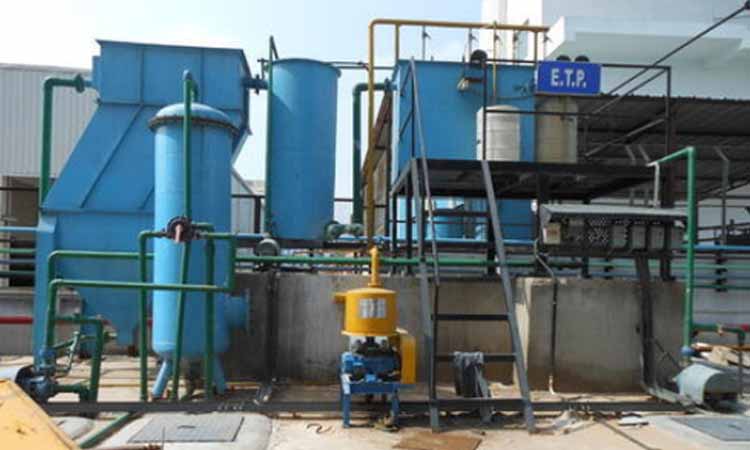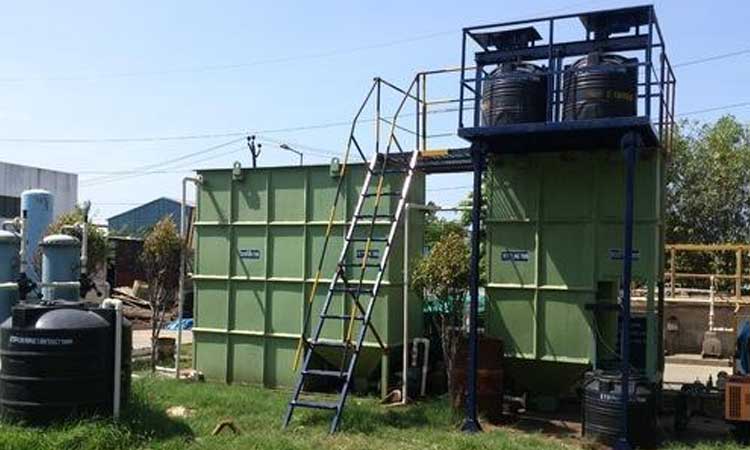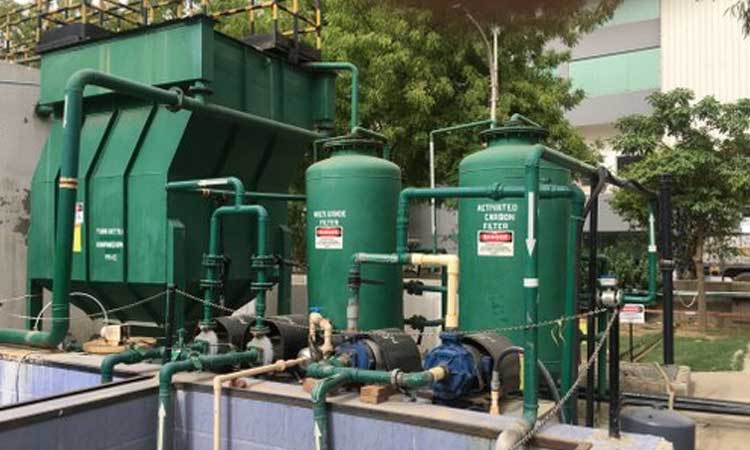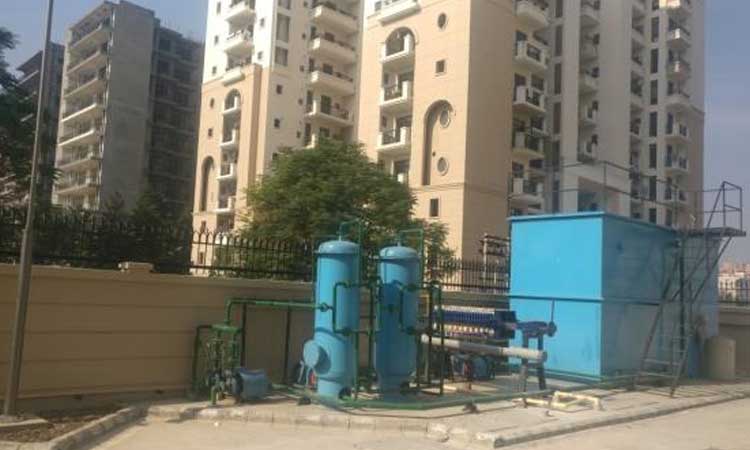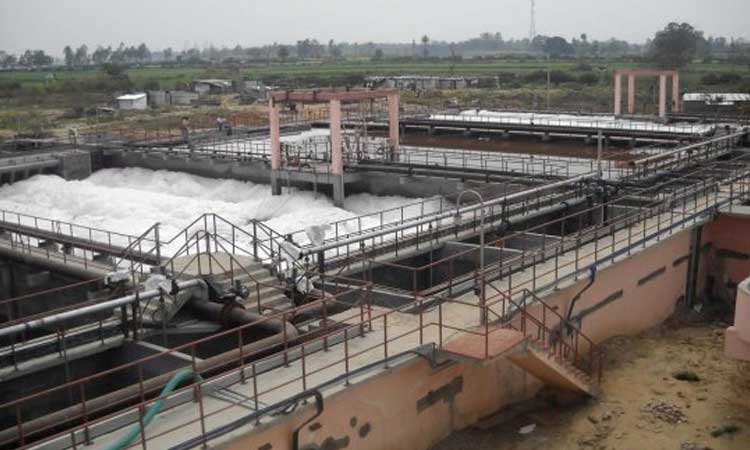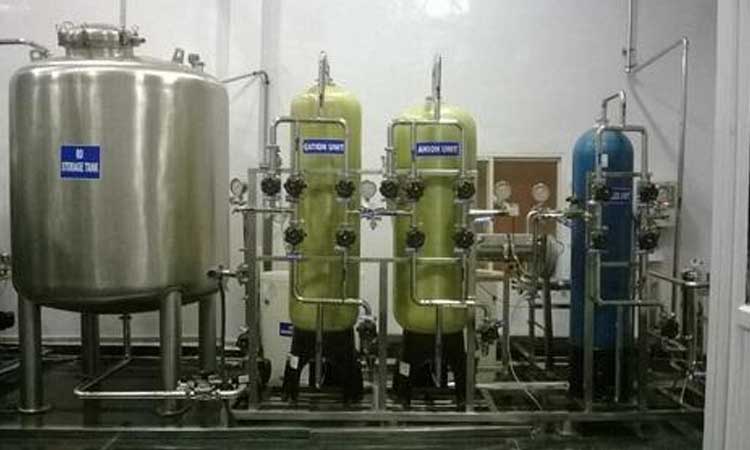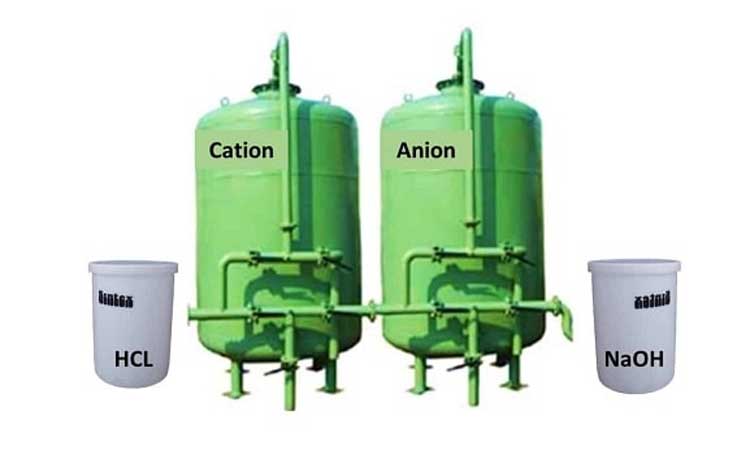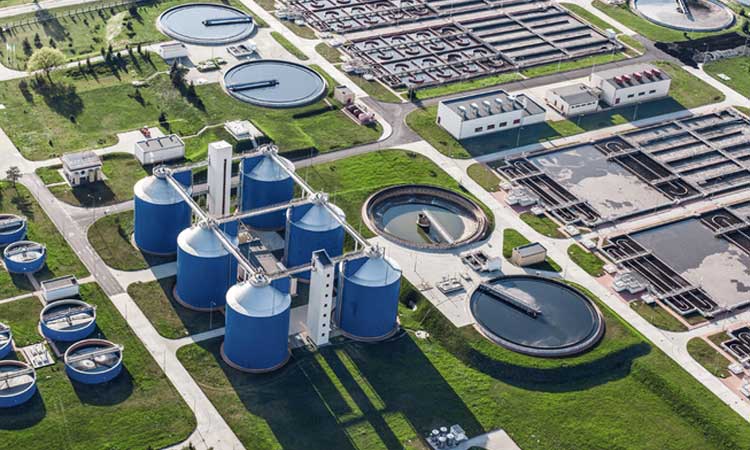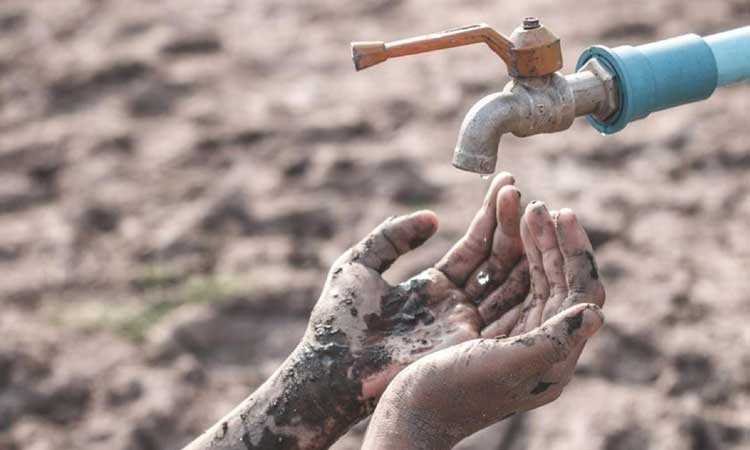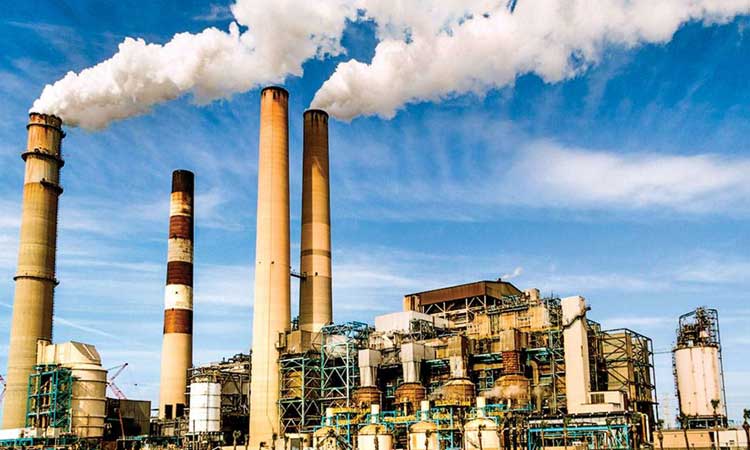
Water is a finite source. The bottled water consumed today might be the same water that once trickled down the back of a wooly mammoth. The Earth is a closed system, meaning that very little matter, including water, ever leaves or enters the atmosphere; the water here billions of years ago is still now. But, the Earth cleans and replenishes the water supply through the hydrologic cycle. It is the foundation of our lives. For daily survival, the human body requires water. We can survive for a week without any food, but we will not even survive three days without water. Also, 70 percent of our body fluids are water. In turn, this helps our bodies to work usually. There are also significant health issues for human beings because of the shortage of adequate water or intake of polluted water. The water we drink, thus, is of substantial value to our physical well-being plus fitness...
